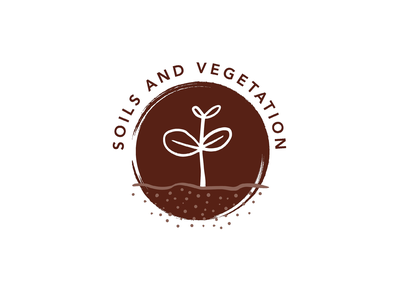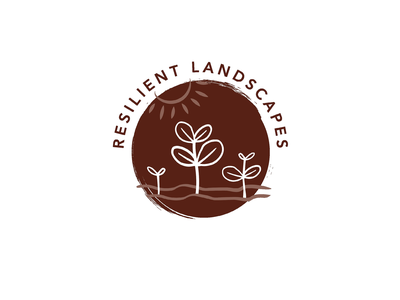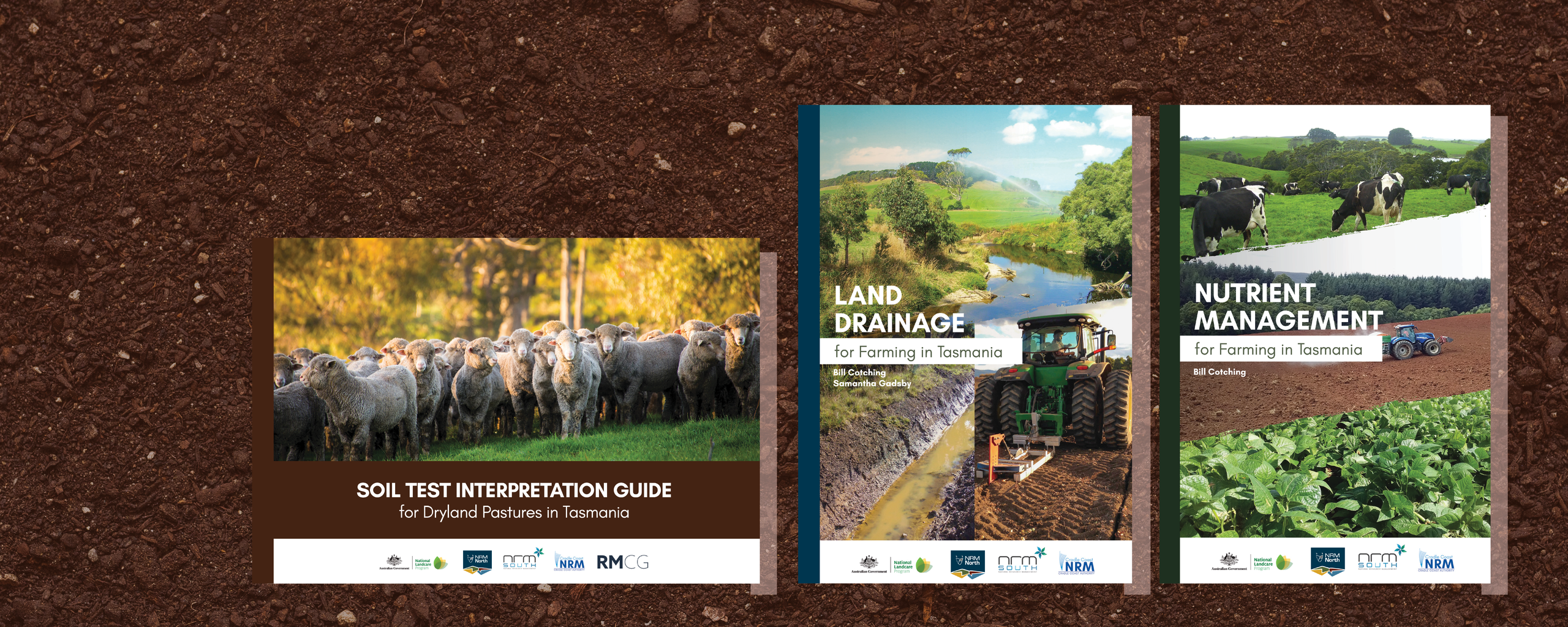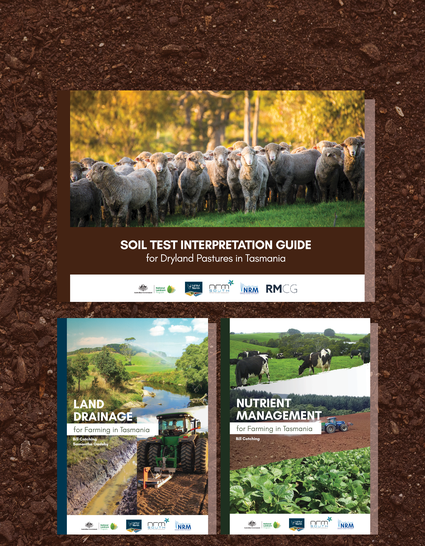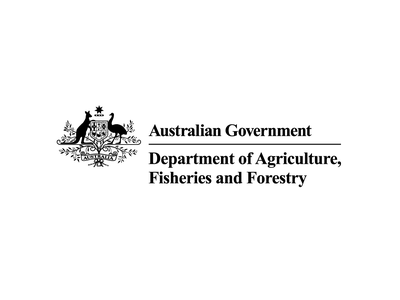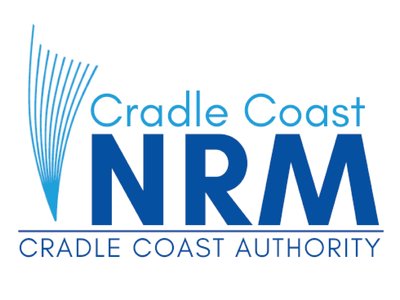Tasmanian Soil Extension Program
The Tasmanian Soil Extension Program aims to promote best practices that improve the sustainability, productivity, and profitability of Tasmania’s agricultural landscapes and soil condition.
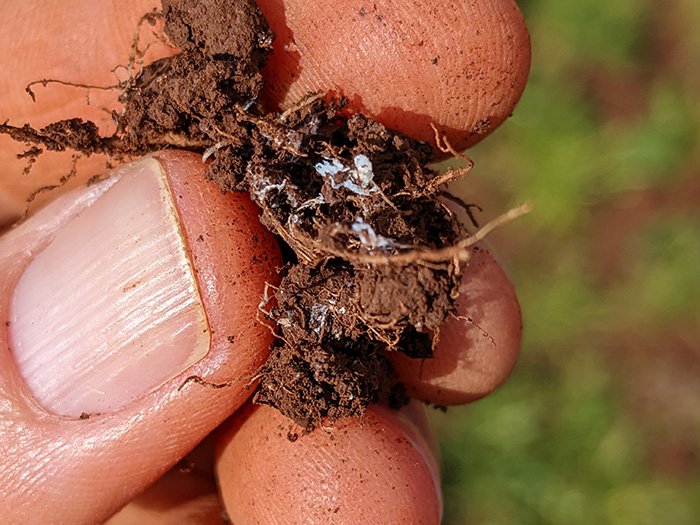
Background
Background
The statewide program has a team of three Soil Extension Officers who deliver soil extension activities that focus on the importance of soil health and improved soil management, as well as supporting farmers and land managers to utilise knowledge gained through soil testing. Central to the program is working alongside industry and other soil extension activities to value-add to soil health management work rather, than duplicate efforts.
Tasmanian Soil Extension Program features opportunities such as:
- the chance to chat about soil health management and soil test interpretation
- soil-focused workshop/field days with local experts on soil management issues specific to your region
- learning how to monitor your physical, biological, and chemical soil health in the paddock.
Tasmanian Decision Support Tools
The Tasmanian Soil Extension Program has developed decision support tools for use across the state, aimed at improving soil health management.
Tasmanian landholders can now access a wealth of information about how to best manage soil drainage and soil nutrition, with the Tasmanian-specific soil management decision support tools, which are the culmination of expert information from consultants, contractors, farmers, and researchers.
The application of these support tools will allow Tasmanian farmers to make more informed decisions about productively, and sustainably managing soil nutrients and soil water on-farm.
These tools are freely available to all landholders in Tasmania and were developed during the first stage of the Soil Extension Program with funding from the Australian Government's National Landcare Program.
Nutrient Management for Farming in Tasmania
Nutrient Management for Farming in Tasmania
This comprehensive guide offers valuable insights into nutrient management on Tasmanian farms. Drawing on extensive research and collaborations, the author provides practical information on developing effective fertiliser management plans.
Key Points:
- A soil needs to be fit for purpose
- A deficiency in any one of the essential plant nutrients will reduce growth and production, even though the others may be abundantly available
- A nutrient budget and interpretation of soil test results are the two main components of a fertiliser management plan
- Best practice fertiliser use is about the right product, right rate, right time and in the right place
- Even if all nutrients are available in the rootzone, poor soil conditions such as compaction, water logging, or salinity, can impact negatively on nutrient uptake.

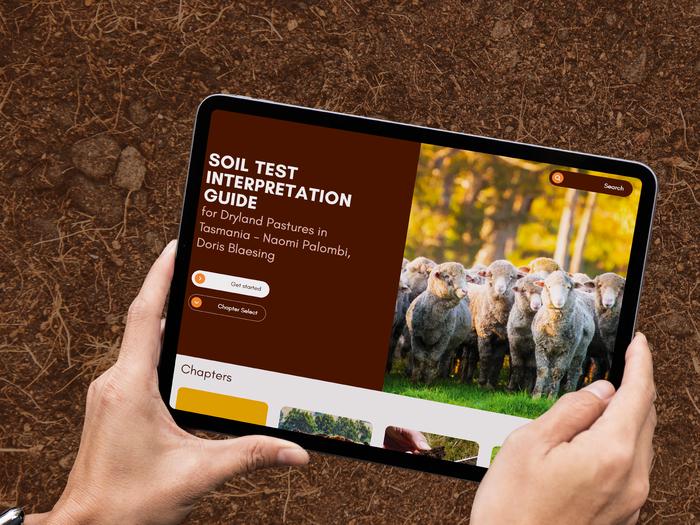
Soil Test Interpretation Guide for Farming in Tasmania
Soil Test Interpretation Guide for Farming in Tasmania
This practical guide provides valuable information on soil fertility testing and chemical analysis for farmers and agronomists. It emphasises the importance of site-specific assessments and understanding the diverse factors that affect soil health.
The aim
The aim of this guide is to provide farmers and agronomists with practical information about soil fertility testing, and to help understand chemical soil analysis data. This guide is not prescriptive, and it does not provide one-size-fits-all recipes. Soil types, paddock histories, and soil conditions vary widely from farm to farm and across a farm. Suboptimal and unreliable pasture responses to inputs often result from using ‘recipes’ or use of incomplete information.
Land Drainage for Farming in Tasmania
Land Drainage for Farming in Tasmania
Learn essential "rules" of drainage gleaned from hands-on knowledge and explore the role of digital technology in planning and implementing drainage systems for farming in Tasmania.
Key Points
- Many soils in Tasmania experience seasonal waterlogging in winter and spring
- Waterlogging results in poor and patchy plant growth, restricted paddock access, soil degradation, and plant and animal diseases
- Drainage can improve response to fertilisers, reduce environmental impacts and improve profit margins.
“The importance of understanding how much waterlogging really costs agriculture in Australia cannot be over-emphasised.” - Greg Gibson

Get your paperback copy
Get your paperback copy
Paperback copies of the resources are available. Please complete the form if you would like to express your interest in a paperback hardcopy of any one of the soil management decision support tools.
Resources
Resources
More information
If you'd like to find out more about the Tasmanian Soil Extension Program, please contact:

Northwest Region - Ben Correy
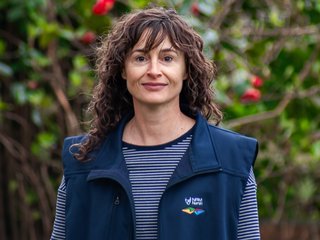
Northern Region - Ruth Murphy
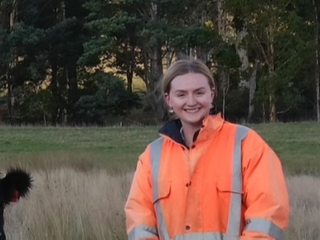
Southern Region - Jacinta Leys
Partners
The Tasmanian Soil Extension Program is being delivered by NRM North, NRM South and the Cradle Coast NRM, with support from the TAS Farm Innovation Hub through funding from the Australian Government’s Future Drought Fund.
Partners
The Tasmanian Soil Extension Program is being delivered by NRM North, NRM South and the Cradle Coast NRM, with support from the TAS Farm Innovation Hub through funding from the Australian Government’s Future Drought Fund.
